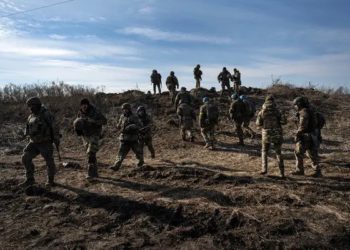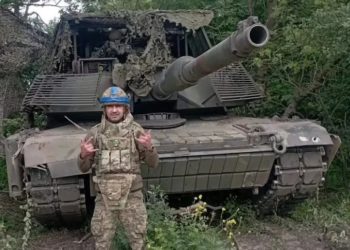War with China: Part IV
 Greetings.
Greetings.
It is critical to provide an overlay of main PRC forces and array what their forces can operationally achieve within their defined operational environment. This must be done before accepting that a linear, and assumed approach will be the only option available to the US and the national security council. For the purpose of this annex, system capabilities, munition capabilities and strategic assets will not be discussed.
PRC Combat Aircraft and Strategic Assets
Currently, the PRC has an estimated 1,935 operational combat coded aircraft. Of these 1,935 combat aircraft, 1,088 are modernized fourth generation platforms (excluding the H-6 bombers, the number is 938 aircraft) with the range and payload to engage U.S forces located within the 1st Island Chain region. These numbers do not account for prototype, non IOC capable aircrafts and the small and limited demonstrative platforms seen at various expos and events. Collectively, the PLAAF also has 46 operational aerial refueling aircraft and 26 operational airborne early warning aircraft. An additional note here is that the PRC maintains nearly 70 ADA battalions with an estimated 500 long range air defense missile systems and nearly 200 medium ranged systems overlapping the Chinese mainland as well as offshore, centered on several disputed islands.
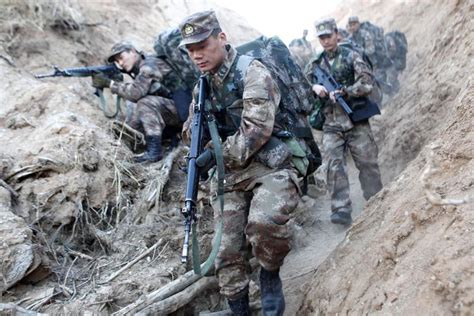 The PLAN has 3 Aircraft Carriers either operational or under trials, each with different capabilities and limitations. The PLAN has a total of 93 capital ships, including 5 “Renhai” class Air Defense Cruisers, as well as 87 other capital ships, varying in tonnage and capabilities. Further, the PLAN has approximately 190 smaller class warships consisting of corvettes and missile boats. The PLAN also has approximately 18 at sea replenishment ships, which supports their naval forces and extends their ability to remain at station and resupply for a limited amount of time, depending on fuel consumption rates. Additionally, the PLAN has 65 submarines, consisting of 10 operational nuclear attack submarines, 6 nuclear ballistic missile submarines, and 49 conventional diesel electric attack submarines.
The PLAN has 3 Aircraft Carriers either operational or under trials, each with different capabilities and limitations. The PLAN has a total of 93 capital ships, including 5 “Renhai” class Air Defense Cruisers, as well as 87 other capital ships, varying in tonnage and capabilities. Further, the PLAN has approximately 190 smaller class warships consisting of corvettes and missile boats. The PLAN also has approximately 18 at sea replenishment ships, which supports their naval forces and extends their ability to remain at station and resupply for a limited amount of time, depending on fuel consumption rates. Additionally, the PLAN has 65 submarines, consisting of 10 operational nuclear attack submarines, 6 nuclear ballistic missile submarines, and 49 conventional diesel electric attack submarines.
Additionally, the PRC possess thousands of long range anti-surface missiles, rockets, and unmanned aerial vehicles, that can be used with their aerial and naval forces. Lastly, in addition to hundreds of civilian dual use ships, the PLAN operates 3 LHD vessels, with plans for 5 additional vessels, 36+ LST vessels, and 8 LPD class vessels, which collectively can land a reinforced division onto shores.
Operational Commands and Strategic Objectives
The entirety of the PLAN and associated supporting elements are subdivided into 3 major commands; the North Sea Fleet, the East Sea Fleet and the South Sea Fleet. Each command also has additional liaisons with the PLAAF and PLA. The final PRC objective is to eventually create a true “Joint Command” and synchronize capabilities. In the event of any conflict, it is estimated that the PLAN would receive the PRC equivalent of the “Lead” as nearly all facets of conduct would rest on successful PLAN operations. Therefore, it is expected that either the East Sea Fleet or the South Sea Fleet, would become the central commanding node for any future operations towards Taiwan, with the others, acting as supporting echelons.
With a sizable surface, subsurface and aerial force available, the PRC would likely refrain from operations that could risk overextension of their forces, given the limited number of aerial tankers, AEW assets and fleet replenishment ships and remain within the 1st Island Chain, while relying on their long range missiles to target outside and towards the Second Island Chain. This assessment is solely based off of technical capabilities of both PLAAF and PLAN forces as well as force ratio requirements to ensure steady presence and coverages, as well as a favorable exchange ratio. Additionally, by remaining inside the 1st Island Chain, the PLAN would be able to rely upon nearly 1,000 PLAAF combat coded aircraft to augment and support PLAN surface operations as well as ensuring there will be aerial anti subsurface support (to a degree).
Support and Surveillance Capabilities
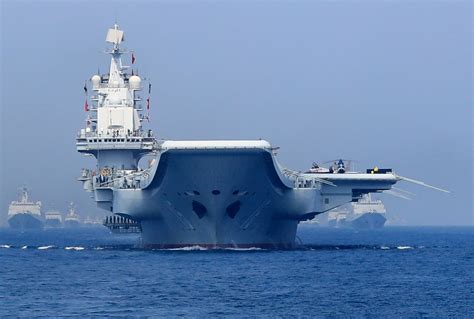 The PLAN and PLAAF also possess nearly 300 medium to long range aerial surveillance drones and roughly 60 maritime patrol aircraft that can augment forces forward deployed. These capabilities afford PRC forces additional support and coverage. However, not all PLAAF forces can be brought to battle due to pre existing conditions along China’s long and disputed borders with India and others. For this reason, it is likely that the PLAAF would be able to deploy roughly 75% of their inventory towards a conflict involving Taiwan, with the rest allotted elsewhere.
The PLAN and PLAAF also possess nearly 300 medium to long range aerial surveillance drones and roughly 60 maritime patrol aircraft that can augment forces forward deployed. These capabilities afford PRC forces additional support and coverage. However, not all PLAAF forces can be brought to battle due to pre existing conditions along China’s long and disputed borders with India and others. For this reason, it is likely that the PLAAF would be able to deploy roughly 75% of their inventory towards a conflict involving Taiwan, with the rest allotted elsewhere.
This sizable force also affords the PRC the option, however risky and unlikely, to initiate a conventional first strike option against US and Japanese forces centered in Japan, Guam and even in South Korea. As discussed earlier, such an undertaking would undoubtedly lead to open war and likely turn global opinion against China, which could lead to other, potentially neutral nations, to side against China. As stated above, the current size and strength of the PLAAF and PLAN leads to the conclusion of a sequential operation as outlined before.
With the sheer volume and size of forces, deconfliction and proper C3 actions would be exceptionally challenging in permissive environments, let alone in contested domains. Therefore, to deconflict, a sequential approach best mitigates and reduces challenges associated with large number of units of action as well as constricted battle spaces (immediate areas 250km around Taiwan and far eastern approaches towards the contested islands with Japan). Another factor as to the probability of sequentially executing operations reside with the risk of vulnerability of aircraft needing to stage on runways, however dispersed (The PRC has nearly 80 airbases and dual use airfields that can support operations but most are concentrated within strike range of both US and ROC weapons). For this reason, PLAAF forces would likely maximize facilities available, as many will be dedicated to support operations, and to reduce the likeliness of ROC or US strikes knocking out staged aircraft and taxing for sorties.
Orbital Network and Strategic Capabilities
Lastly, the PRC relies on an orbital network system of 44 (low orbital) satellites known as the “Beidou system”. This system has a high degree of reliability and accuracy as well as dual use capabilities. This system is also supported by nearly 300 (out of 600 total) additional Chinese satellites that support PRC civilian and military needs. The PRC at this time is also testing and evaluating AI synergized with non dual use satellites, to further augment their capabilities. The PRC relies on a network of an estimated 16 satellites to provide non line of sight communications and intelligence support (low orbital).
Collectively, these assets possessed by the PRC afford them the operational depth and lethality to successfully prosecute operations within their anticipated operational environment. When factoring the operational ranges of their long and medium ranged weapons, the PRC forces possess enough capability to present a credible threat and deterrence that under the right circumstances, could ensure a moderate chance of emerging victorious in the event of a conflict occurring. With a high degree of probability, these capabilities and the robust capacities identified within the 1st Island Chain would at the least ensure that the PRC would prevail against the ROC and potentially any US and coalition operating in a linear and predictable fashion.
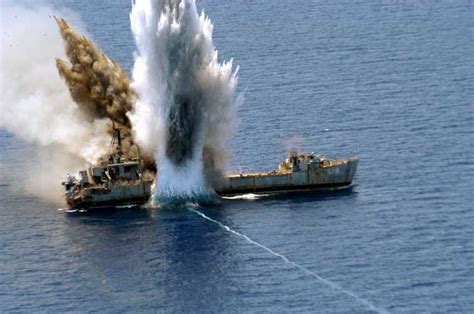 *Sortie generation for strike operations rely on access to runways. Sortie generation is predicted on a 24-72 hour cycle, and an interruption can impact that sortie rate by up to 50% depending on variables and factors. In this case, a temporary reduction in sortie rate can leave portions of the PLAN and their amphibious forces in exposed positions that could jeopardize the overall success of the operation.
*Sortie generation for strike operations rely on access to runways. Sortie generation is predicted on a 24-72 hour cycle, and an interruption can impact that sortie rate by up to 50% depending on variables and factors. In this case, a temporary reduction in sortie rate can leave portions of the PLAN and their amphibious forces in exposed positions that could jeopardize the overall success of the operation.
** A specific lead command, however unified, will rest ashore on mainland China. The principal maneuver commander will operate forward. With both cases, any restrictions placed on US forces from targeting these critical command nodes would have a detrimental effect on US war plans and further degrade US forces if they were to be employed. Further, the PRC is unlikely to restrict their forces from targeting US, JMSDF, ROC command nodes.
*** The PRC is estimated to be able to conduct a forcible joint entry operation with nearly three entire Infantry Divisions (including the PRC Marine Corps), along with an entire Airborne Division. This collective force would be followed by additional forces, utilizing both military and civilian dual use platforms. This follow on force is estimated to be in a Corps sized unit, comprising of 3 Light Infantry Divisions with armor in support and tasked accordingly (follow and support and or follow and assume missions).
Kindly,
Mel Daniels
————————————-Nothing Follows—————————————



